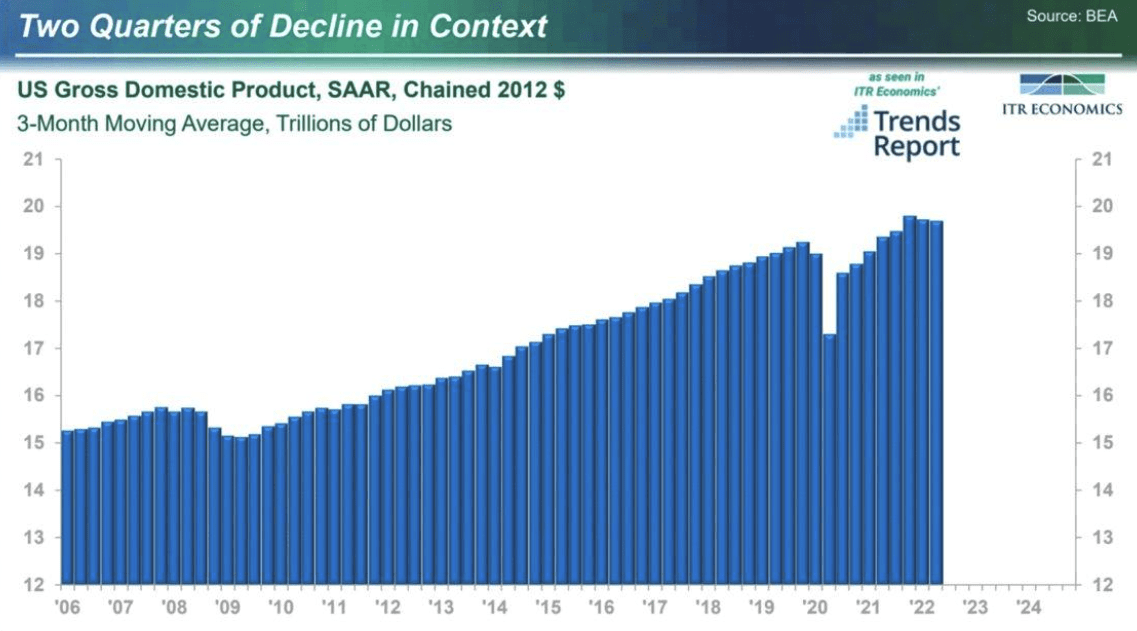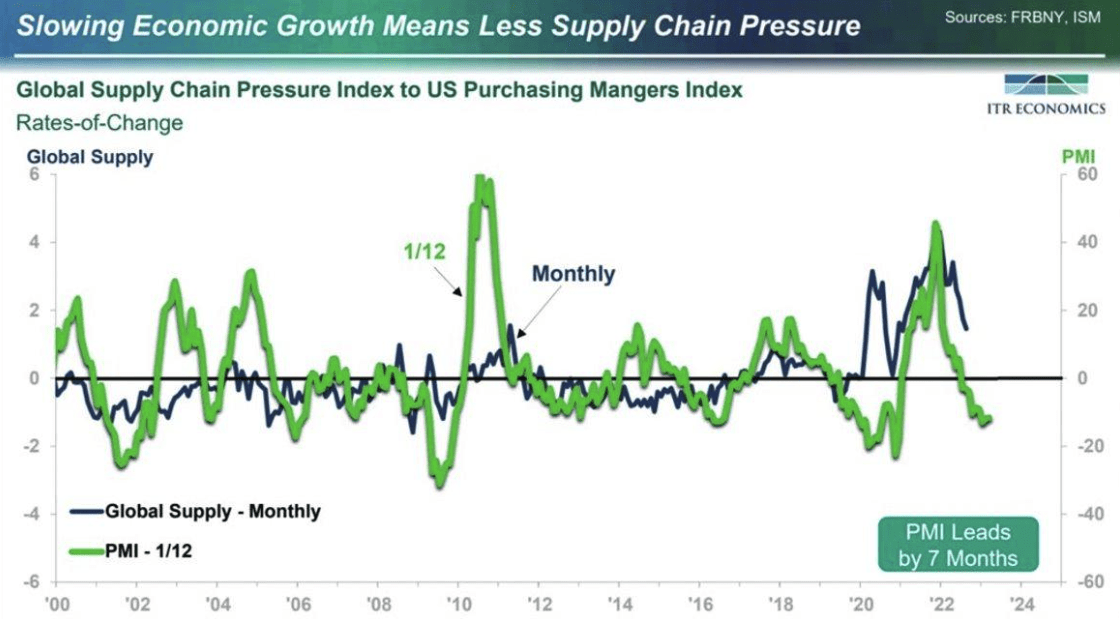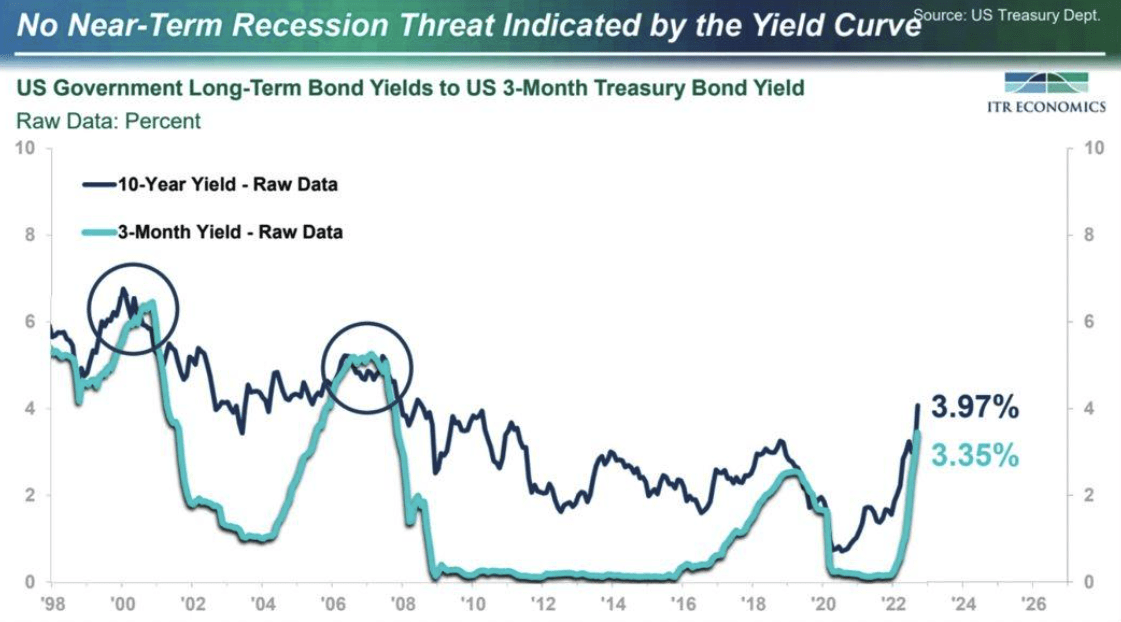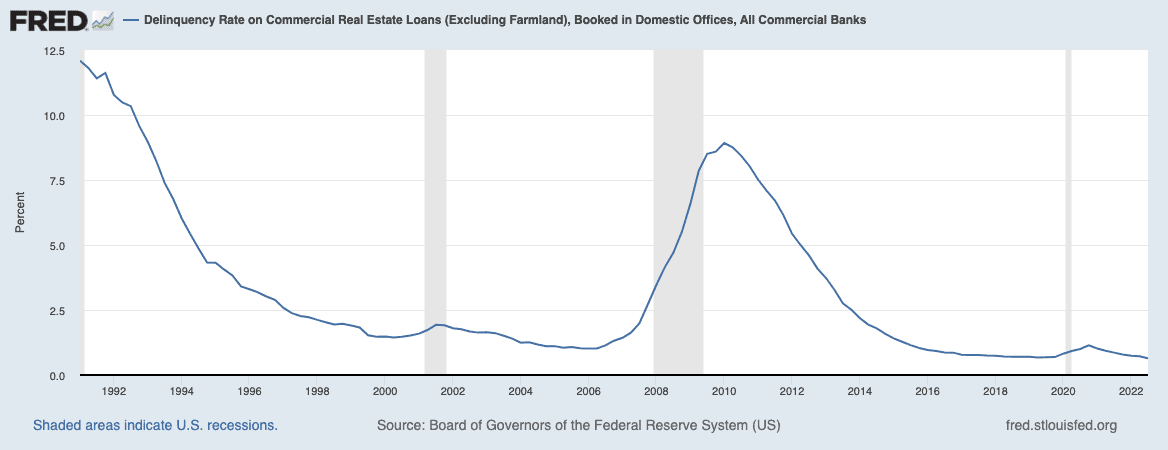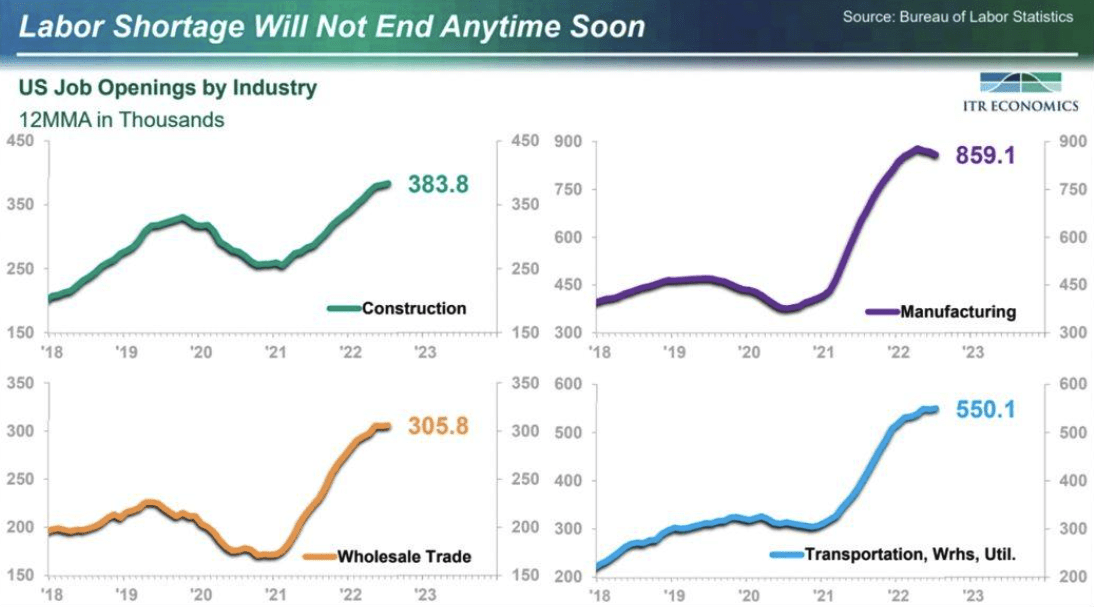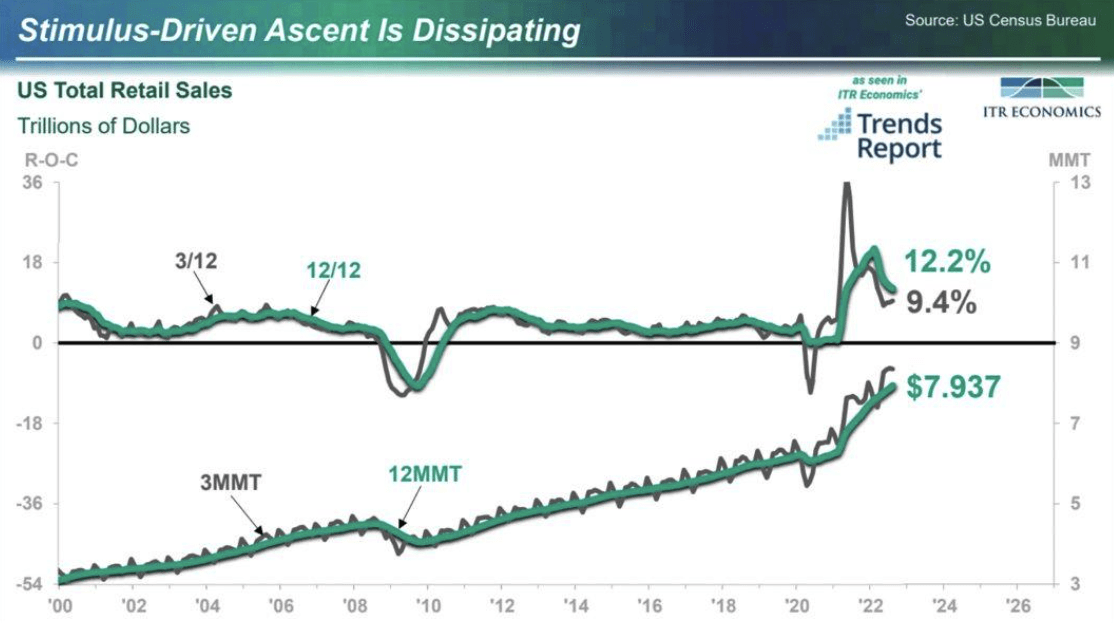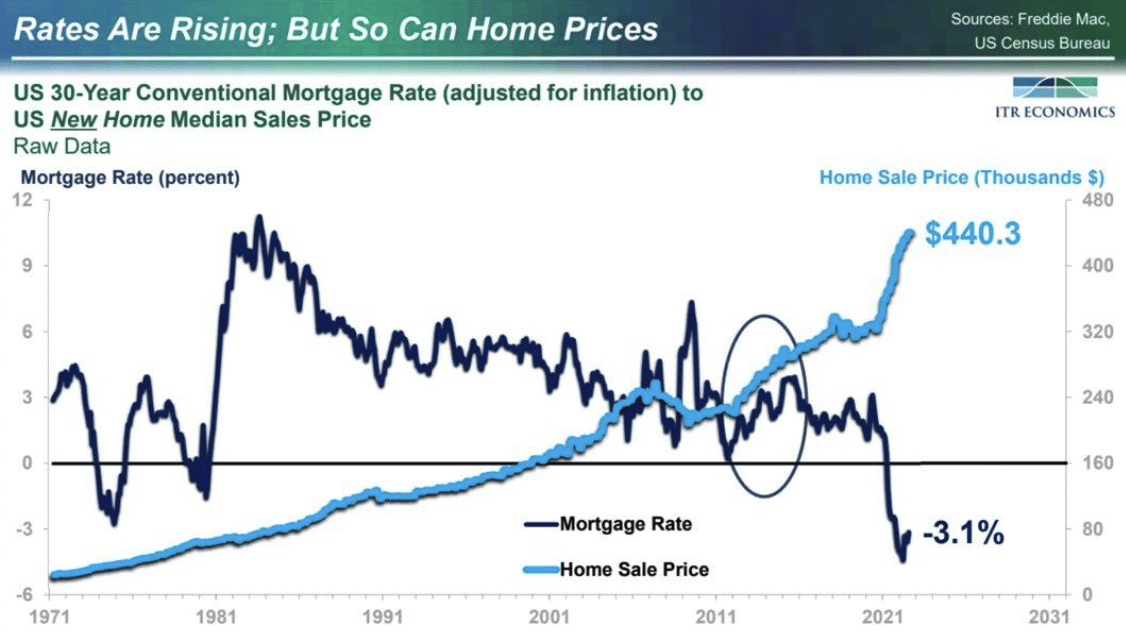
You must understand what you're getting into before diving headfirst into a tenant-occupied rental property purchase, especially if you're new to commercial real estate investing and being a landlord.
Here is what you need to know when purchasing an apartment with tenants.
Existing Tenant Leases Are Still Legal
A lease is a legal agreement that exists between tenants and landlords. It doesn't disappear when the building is sold.
If you buy the apartment, the leases remain attached to the rental property. Therefore, you cannot raise the rent, change any terms, or evict the tenants just because you purchased the apartment. There are hurdles you must go through if you wish to break the current leases.
Exceptions to & Tactics for Breaking Existing Leases
There are two exceptions when you can break the leases. You can provide written notice to end a tenancy if the term of your rental agreement specifies that the owner may terminate the contract at any point. Or, if you're purchasing the apartment as a foreclosure, then you can give the tenants proper notice before ending their tenancy.
If you don't want the tenants because you'd prefer to start from scratch, you could submit an offer to the owner contingent on the tenants vacating when the apartment sells. This requires the seller to break the leases before the property is sold.
You cannot raise the rent or evict tenants without going through legal channels. So, if you want to change anything about the arrangement, such as raising the rent or kicking someone out, you'll have to go through the courts.
Existing Tenants: The Good and the Bad
"Existing tenants" means all people were already living in the building before it was purchased.
Buying an investment property with tenants already living there may be ideal. This means instant cash flow, no time to look for the right tenants to live in your apartment, and if the tenants have been living in the house for an extended period, you have a limited chance of the apartment becoming vacant soon.
Screening & Vetting Tenants, Both Existing & Otherwise
Tenant Screenings are essential for protecting your investments. Poorly screened tenants can cause havoc by not paying their bills, causing damage to your properties, and dragging out evictions. However, when you inherit an existing tenant, you're stuck relying on the previous landlords' tenant screenings, which may be lacking in quality.
The buyer could have accepted anyone (regardless of qualifications), or he might have had a long-time tenant who refused to pay rent on time or even not at all.
Landlords beware: they may be trying to sell their property to offload their tenant problem onto an unsuspecting buyer.
Other Roadblocks With Existing Tenants
You may encounter other obstacles when dealing with existing renters. For instance, you might find that the current residents are dream renters, but they're not prepared to continue living there under a new owner.
A move from one rental unit to another may cause some disruption for a tenant. However, if your new tenants have been living in their previous rental unit for a long time, they may feel at home.
If the previous landlord wasn't raising the rent annually, or if they weren't performing regular seasonal inspections, you might find that your new tenant doesn't wish to move.
How to Deal With Existing Tenants When Buying a Rental Property
There are three main ways to handle existing tenants when buying a property:
- Pay them off. If you decide to pay the current owner to remove the tenants, you'll most likely have to pay them the total amount owed plus any additional costs associated with removing them.
- Let them stay. If you decide to keep the tenants, you'll have to find a way to work around the fact that they aren't technically breaking the lease.
- Convince the tenants to agree to a new lease that allows you to raise the rent or add more terms to the agreement.
Tasks to Perform Before You Finalize the Purchase
Before you close on a rental property that is occupied, you must perform several tasks to ensure the process goes smoothly.
To begin with, introduce yourself to your new tenants by writing them an introductory email. This will help them get used to living with you and establish an excellent tenant-landowner relationship.
Furthermore, it will allow you to add important information, such as where rent payments must be made and how tenants may request repairs.
Protecting Yourself as a Landlord
Since you will assume the responsibility of the previous owner, it is vital that you fully protect yourself by instructing them to sign an estoppel letter and transfer their security deposit to you.
An estoppel clause lets your future tenants specify which existing leases they want to continue under. It usually covers rent, utilities, parking spaces, etc., but not everything.
You must ensure the previous owner signs an agreement releasing you from any liability for damage caused by their tenant.
It will help prevent any potential legal issues from arising later down the road. If someone makes an untrue claim against you, you can use the estoppel agreement to refute it.
Always Do Your Research and Stay Diligent
Buying an investment apartment is an exciting prospect for people looking to start generating immediate cash flow from their properties.
When buying an occupied apartment, before signing any paperwork, read the lease agreement and check out the tenant qualifications the seller used to qualify current tenants.
If you agree to the rental conditions and feel comfortable with the current tenants, continue with an introduction and sign a cooperative estoppel agreement.
If the current occupants are month-to-month residents, you have more options for changing their lease and tenancy if they meet state and local law requirements.
Source: Purchasing Rental Properties With Existing Tenants
https://www.creconsult.net/market-trends/purchasing-rental-properties-with-existing-tenants/




 [ux_text text_align="left"]
[ux_text text_align="left"]

